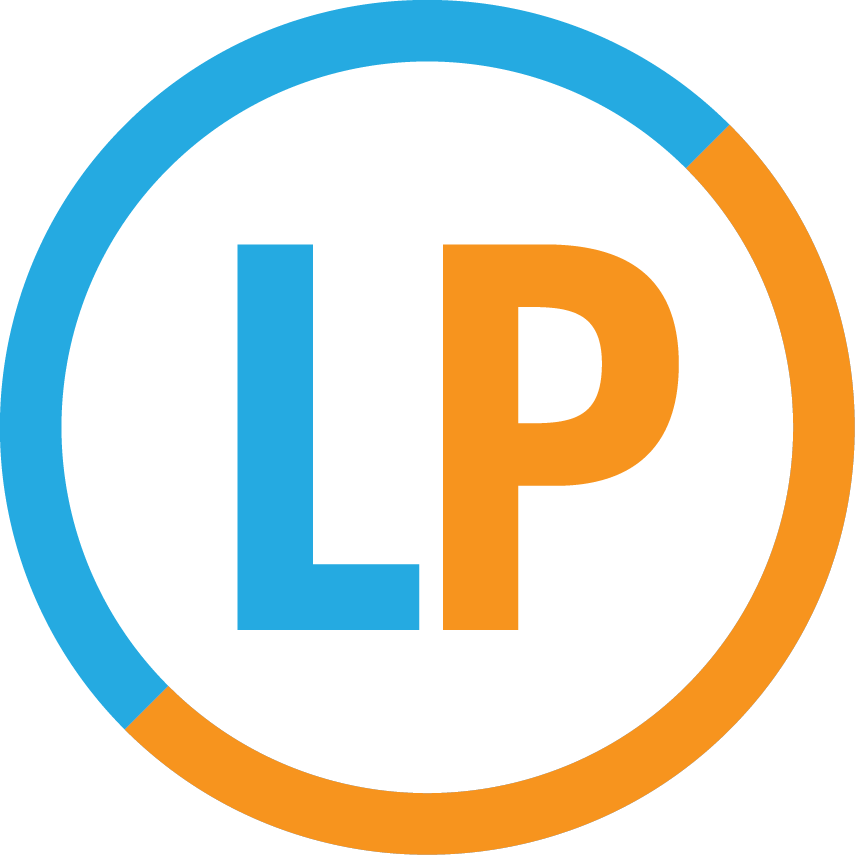One of the most powerful ACT Math strategies is also very simple in practice: testing answers.
Even though most students are familiar with this technique, I’ve found that many “untrained” test-takers don’t use it as much as they should.
Testing Answers is great for several reasons:
It’s often the quickest way to solve a question. (In fact, many otherwise time-consuming questions can be solved in less than 15 seconds using this technique.)
It’s a great “back-up” strategy if you’re not sure how to solve a question using a more traditional, “mathematical” approach.
It can be used to double-check an answer that you get using a different problem-solving method.
The question below (taken from the publicly released 2008/2009 ACT — Form 61C) shows just how useful Testing Answers can be:
On first glance, this question can be very intimidating — it’s not necessarily clear how to algebraically solve a quadratic equation that involves absolute values. Many students to whom I’ve shown this question look at it and, after staring at it forlornly, conclude that they "don’t know" how to solve it. In reality, they can solve the question; they just don’t know how to solve it algebraically. They can still solve it using Testing Answers!
To do that, we first need to clarify what the question is asking us for: the solutions to the equation. Well, what is a solution to an equation? It’s simply a value for “x” that makes the equation true. With this in mind, we can go straight to the answers and begin testing them out.
Answer choice (F), for example, says that both +1 and -1 will make the equation true. Let’s try out +1, first. Plugging in +1 for “x”, we get that:
|1|^2 + 2|1| - 3 = 0.
1 + 2 - 3 = 0.
3 - 3 = 0.
Clearly, this is true.
Let’s also try out -1:
|-1|^2 + 2|-1| - 3 = 0.
1 + 2 - 3 = 0.
3 - 3 = 0.
So, both +1 and -1 check out.
At this point, we can eliminate answer choices (G), (H), and (J) because they don't include both +1 and -1, which we’ve proven to be solutions. However, we’ll still need to check (K).
To do that, we can test either +3 or -3 in the equation. Let’s plug in +3:
|3|^2 + 2|3| - 3 = 0.
9 + 6 - 3 = 0.
15 - 3 = 0.
12 = 0.
Obviously, this isn't true, so we can eliminate answer choice (K). This leaves us with the correct answer, (F).
A great exercise for becoming comfortable with Testing Answers is to simply browse through an ACT Math section, untimed. As you look through the questions, ask yourself which ones could be solved using the Testing Answers technique, and solve them in that way for the practice. This way, when you’re taking the ACT Math section under timed conditions, you’ll naturally be more aware of opportunities to use Testing Answers and will feel comfortable applying the strategy.



